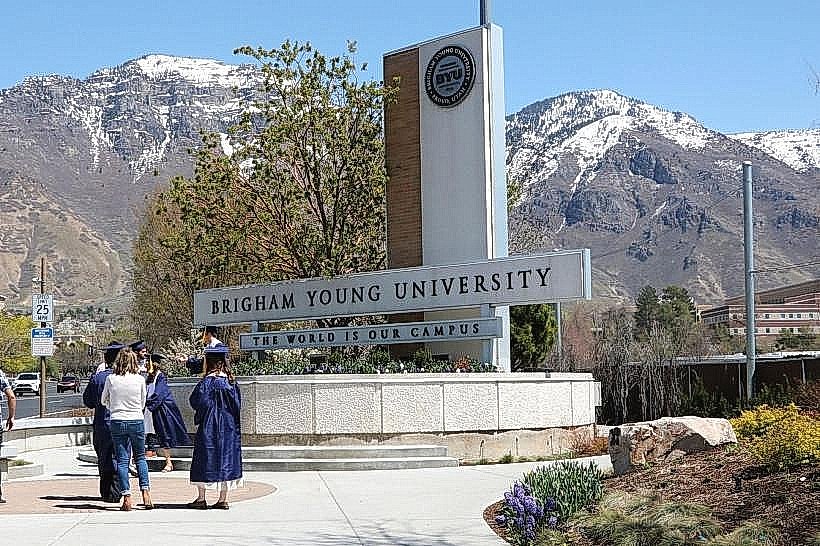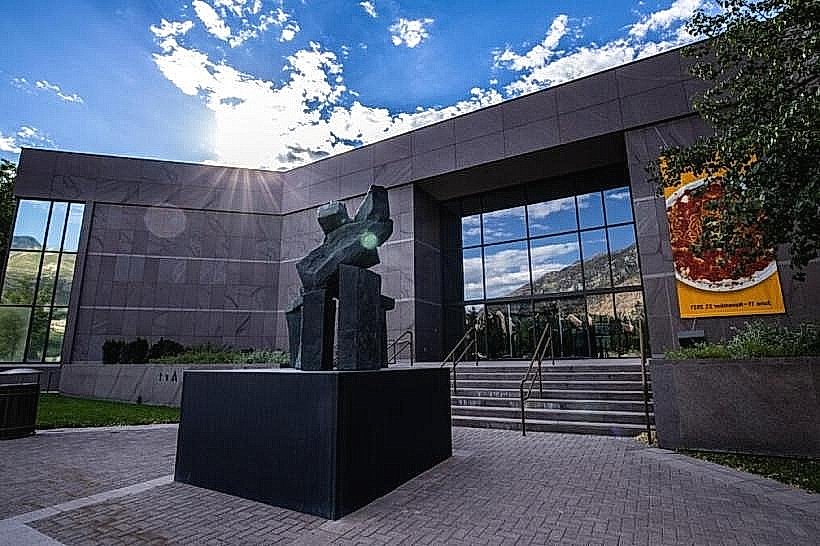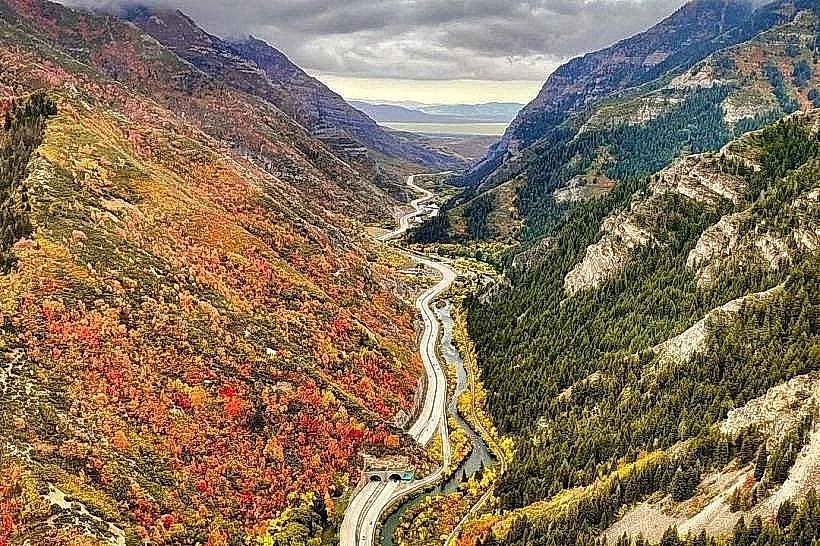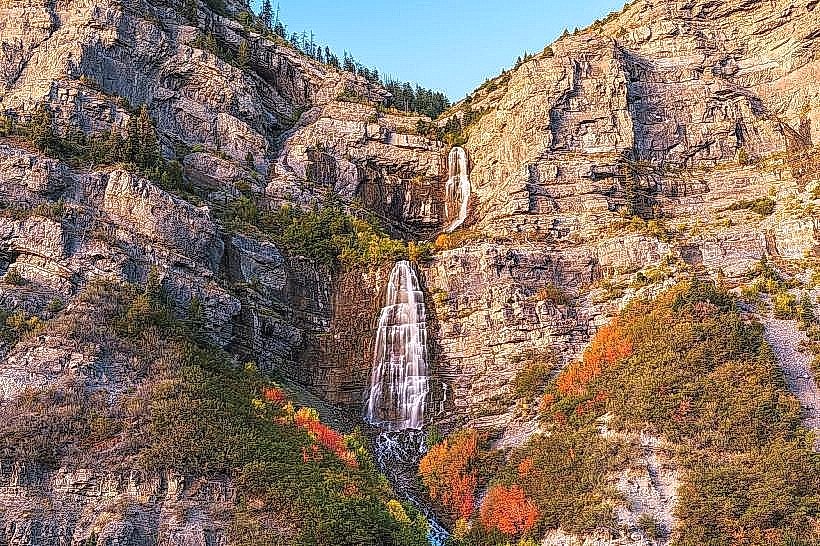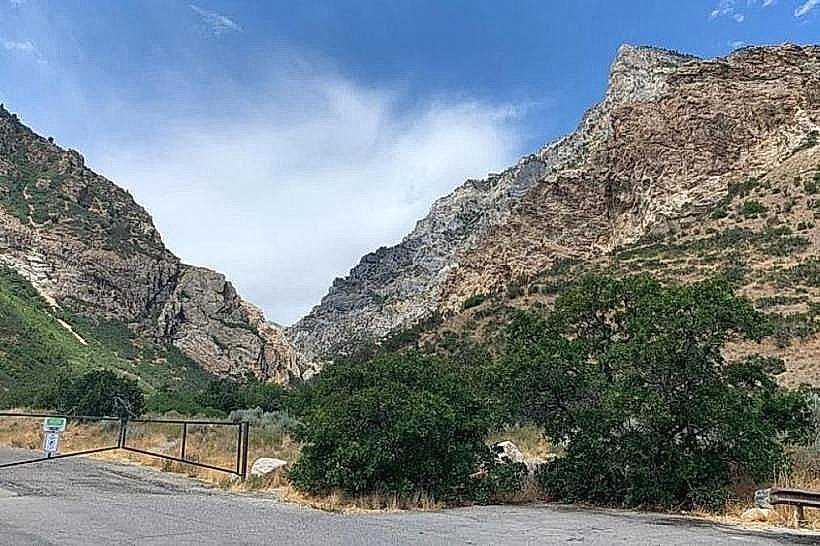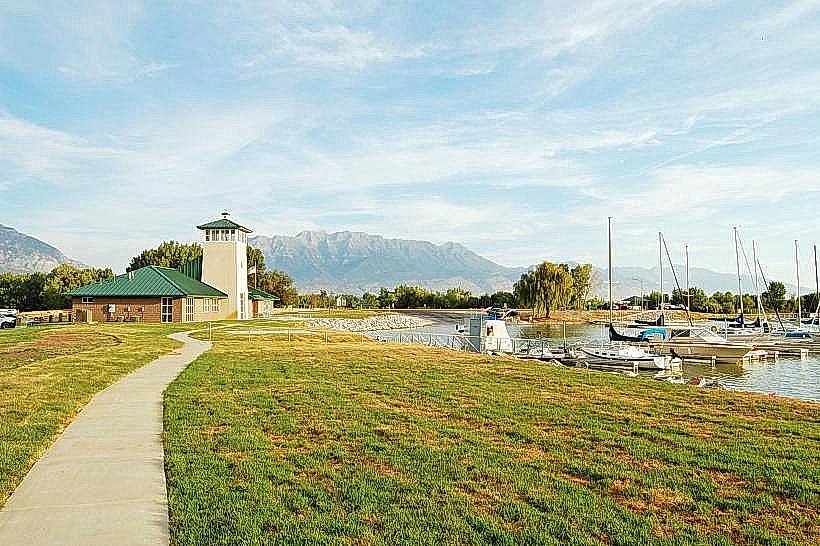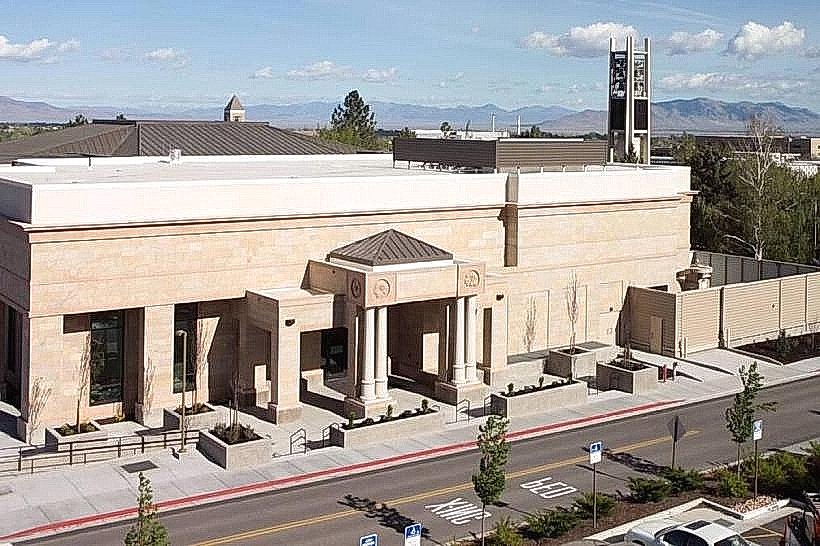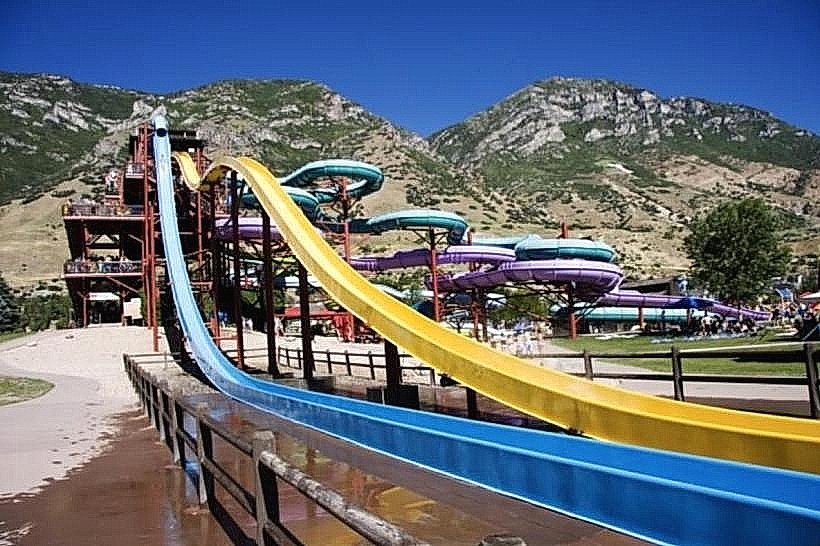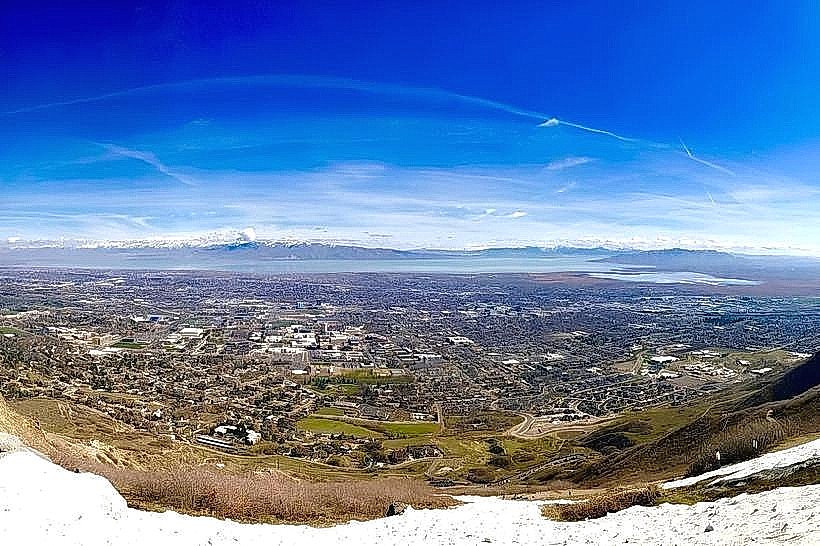Information
Landmark: Provo Pioneer VillageCity: Provo
Country: USA Utah
Continent: North America
Provo Pioneer Village, Provo, USA Utah, North America
Overview
Interestingly, Just minutes from downtown Provo, Utah, Provo Pioneer Village is a carefully rebuilt 19th-century settlement where you can wander past log cabins and feel the world of the early Mormon pioneers who founded the city in the mid-1800s, moreover run by the Sons of Utah Pioneers, the village doubles as a living museum and a gathering site, holding onto the tools, tales, and hand-hewn work of those who turned the Utah Valley from raw wilderness into a bustling town.Just west of downtown Provo, the village rests in calm silence, nestled among leafy streets where lawns lie cool under the shade, subsequently the moment visitors pass through its heavy wooden gates, the hum of the modern world slips away.Gravel paths twist past log cabins, blacksmith sheds, and hand-built fences, their wood smelling faintly of pine, each made from authentic period materials or painstakingly restored originals, simultaneously the scent of fresh-cut timber, the leisurely creak of wagon wheels, and the rough edges of hand-hewn logs make you feel as if you’ve wandered straight into another century.Birdsong drifts over the soft hum of passing cars, yet inside the village the hours stretch, moving more like 1850 than 2025, in addition dressed in pioneer clothes, volunteers wander the grounds, offering a warm hello or showing how to hand-stitch a leather pouch, and their presence gives the rustic setting a genuine, human touch.Provo Pioneer Village honors the founding of Fort Utah, built in 1849 by Mormon settlers following Brigham Young’s lead, with weathered cabins and tools much like those they once used, meanwhile it was among the first lasting settlements in Utah Valley, set near the Provo River, where chilly, clear water fed the fields and turned the wheels of the mill.For the first settlers, life was tough-bitter winds cut through thin walls, supplies ran low, and uneasy exchanges with the Ute tribes left their mark on the region’s early days, in turn through steady effort and working side by side, the settlers turned the valley’s wild grasslands into fertile fields, planting the first seeds of what would become the city of Provo.In the museum, weathered cabins, sturdy timeworn tools, and carefully preserved structures tell the story of the transformation, showing how grit, faith, and shared effort shaped pioneer life, equally important each building in the village shares a piece of the settlers’ story-weathered wood, creaking under the weight of years, whispers it to you as you pass.Just so you know, Log Homes: Real and replica cabins dressed with handmade chairs, warm patchwork quilts, and heavy cast-iron pots, what’s more inside, you’ll find the simple comforts of frontier life-a stone fireplace warming the room, a rope bed tucked in the corner, a spinning wheel by the window, and the soft glow of an oil lamp.Blacksmith Shop: Step inside a working forge where you can watch iron glow red-warm before it’s hammered into horseshoes, hinges, and simple tools-showing how essential the blacksmith was to early settlement life, meanwhile carpenter’s Shop: Packed with period tools-wooden planes, a hand saw with a worn grip-offering a glimpse into how homes, wagons, and furniture once took shape under skilled hands alone.In the General Store and Schoolhouse, shelves of trade goods, worn chalk slates, and plain wooden benches capture the rhythm of everyday life before electric lights or factory-made wares, consequently barns and Wagons: An array of authentic pioneer wagons and sturdy farm tools that show how settlers crossed the wide, dusty plains and worked the fresh soil.Tucked between the buildings are miniature gardens brimming with heirloom vegetables and fragrant herbs, careful re-creations of the crops that once kept early Utah families fed, therefore one of the village’s biggest draws is its living history demonstrations, where you might hear the ring of a blacksmith’s hammer or watch bread baking in a wood-fired oven.Each day, volunteers throw themselves into 19th‑century routines-dipping wicks into scorching wax, churning thick cream into butter, spinning soft wool, and shaping wood on simple hand‑turned lathes, likewise the ring of a blacksmith’s hammer or the soft murmur of women quilting can make the past feel close enough to touch, slightly Summer brings crowds for special events-Pioneer Day on July 24 with its shining parade banners, lively storytelling nights, and guided tours that pull in families and travelers from all over the region, while kids can play ancient-fashioned games, step inside the creaky wooden cabins, and notice firsthand how settlers got by without electricity or running water.The site plays a key role in education, drawing school groups and community programs for field trips where kids can handle vintage tools and hear stories that tie them to Utah’s cultural roots, moreover interactive exhibits invite kids to picture the rhythms of pioneer days-hauling heavy buckets from a well, grinding coarse grain, or scratching out letters on a slate by the glow of a single candle.Local teachers sometimes turn the village into an open-air classroom, showing students how early settlers worked together, made do with little, and endured biting winds and lean winters, as well as strolling through Provo Pioneer Village pulls you in, close enough to hear the creak of antique wooden floors, making the experience feel both vivid and personal.Somehow, A faint whiff of wood smoke hangs near the hearths, chickens murmur in a nearby pen, and gravel crunches underfoot, grounding the scene in its rustic truth, as a result you can wander the whole area in less than an hour, yet it’s rich with details that make you pause at each cabin’s doorway and maybe run your fingers over the worn wood.Friendly docents weave stories of the first settlers-families who battled failed harvests, welcomed newborns under the glow of lanterns, and raised whole neighborhoods with their own hands, as well as many visitors meander away with a sharper sense of the grit and foresight that built Utah’s first towns, imagining the crunch of wagon wheels over dry, rocky soil.In a way, You’ll find the Provo Pioneer Village at 600 North 500 West in Provo, Utah, therefore admission’s free, though they welcome donations.Funny enough, It’s usually open from May through October, with a few winter events sprinkled in, after that there’s a minute visitor center, a shaded spot for picnics, and restrooms nearby.Parking’s free on the surrounding streets or in a little lot by the entrance, therefore step inside and you’ll feel the past come alive-hear a hammer ring against an anvil, watch lamplight dance across cabin walls, and suddenly Utah’s frontier years don’t seem so far away.Curiously, It honors the grit of the pioneers and stands as a living reminder of a time when neighbors built barns together, trusted in faith, and lived with plain, unhurried simplicity, alternatively amid the hush of weathered cabins and garden paths scented with pine, the spirit of 19th-century Provo still drifts through the air, steady and sure as ever.
Author: Tourist Landmarks
Date: 2025-10-08

